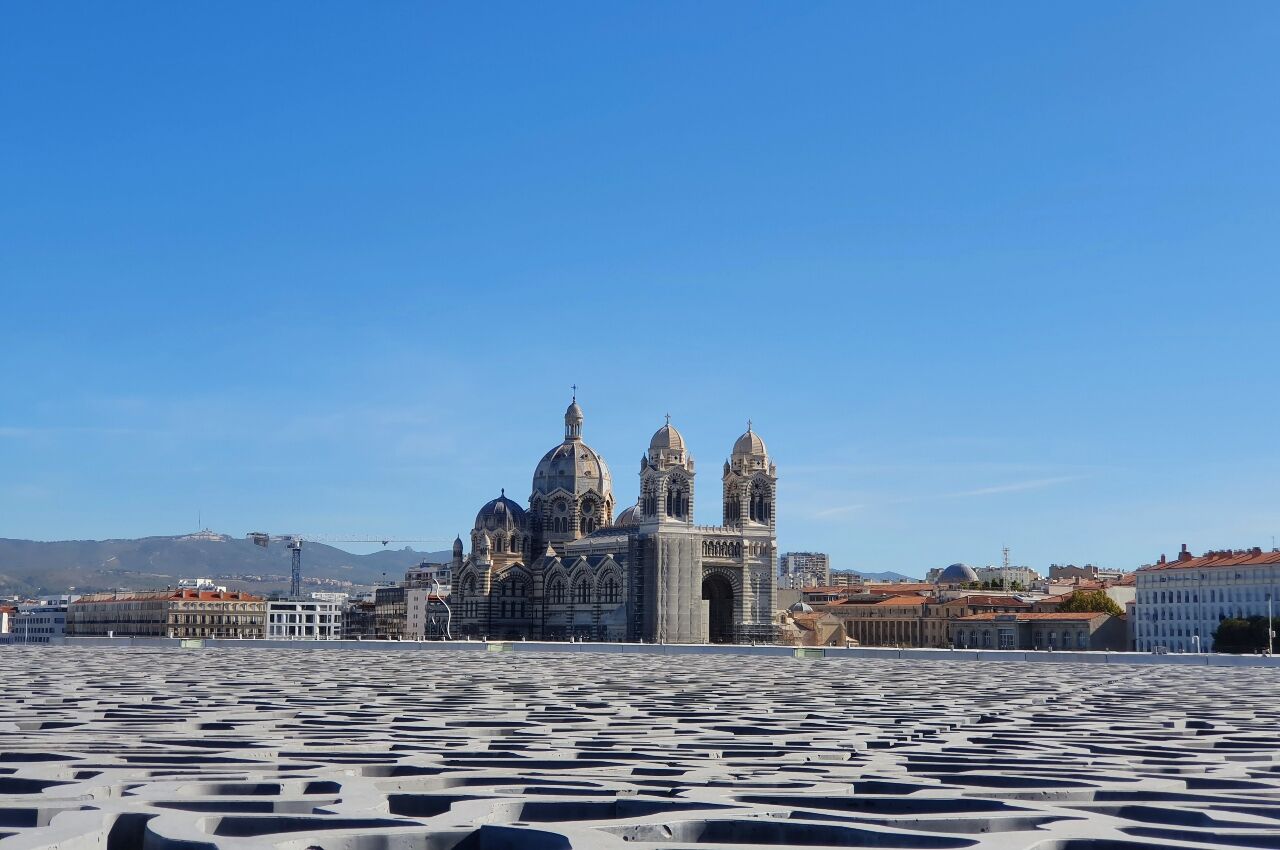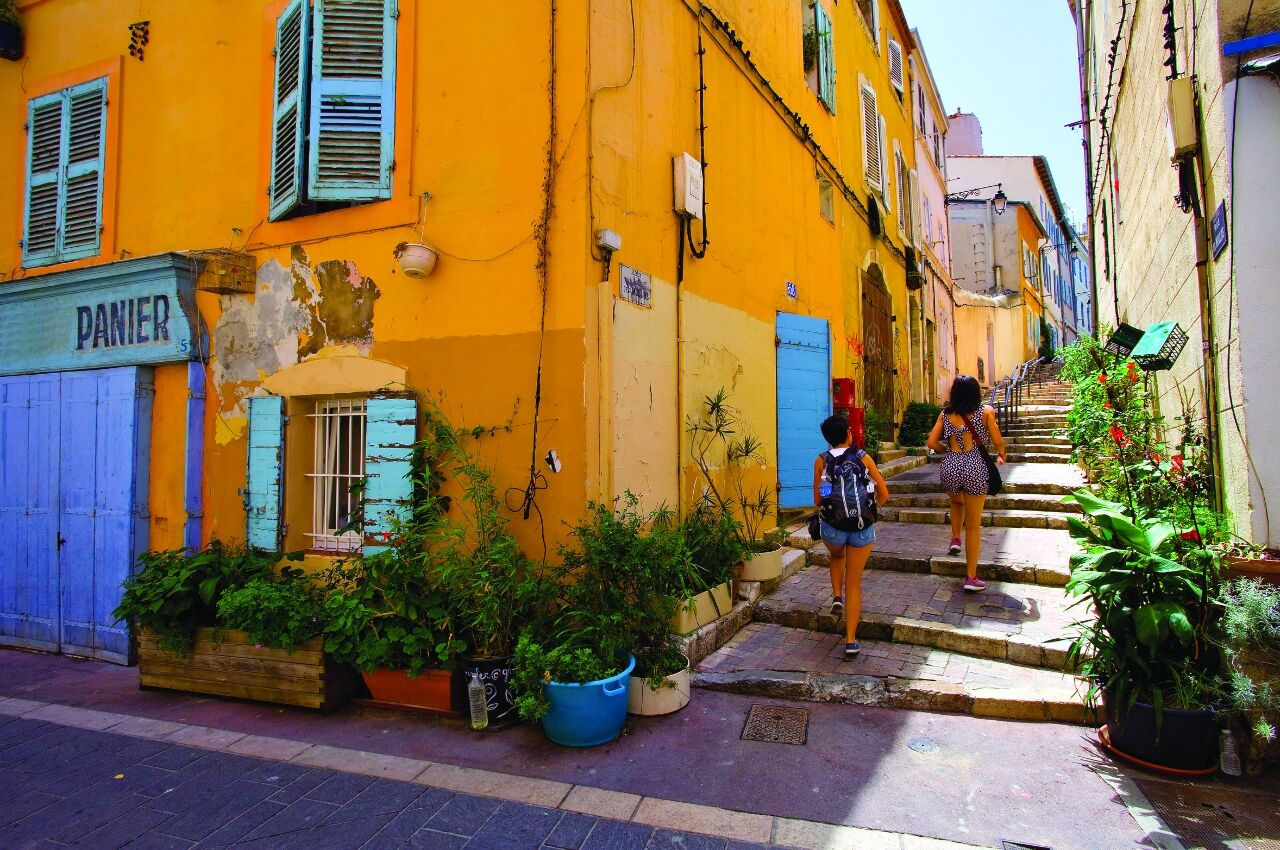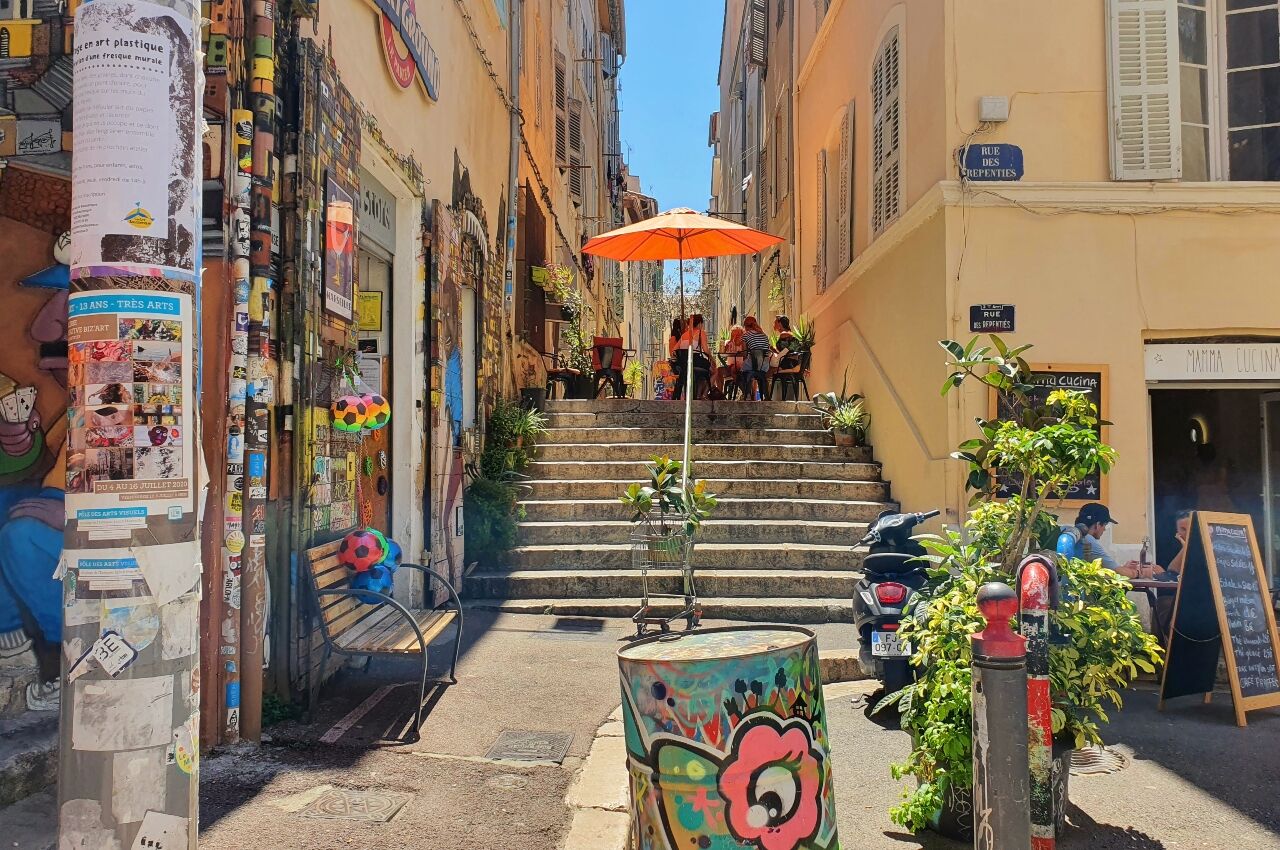I’ve lived in and traveled around France for four years, but it’s Marseille I return to time and time again. What draws me back isn’t the gleaming new waterfront or its upscale restaurants — it’s the mixture of grit and glamour; the patchwork of traditions old and new, French and North African, rough and cool. Marseille is a sunny, sultry melting pot, encircled by mountains yet open to the world.
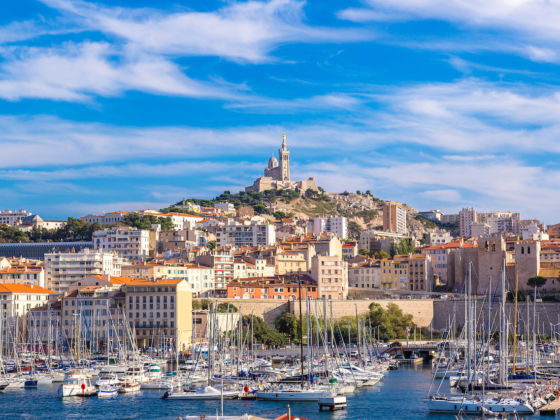
10 Reasons Marseille Is the Most Underrated French City
There’s a palpable buzz about the city, and it’s not something that’s been concocted for tourists. You’ll find all the culture, food, and art you crave here — but without the crowds and sky-high prices of Paris, or the dull menus that plague France’s smaller cities.
Diverse, exciting, and with a proud population that’ll welcome you into their home — here are 10 reasons why it’s the most underrated city in France.
You can have the best of both worlds

Photo: Gaspar Janos/Shutterstock
City break or nature break — the eternal quandary. With a visit to Marseille, you can have the best of both. Calanques National Park presses up against the city’s south side, which means all within the space of a short bus ride (or walk, depending on where you’re staying), you can find yourself hiking through Mediterranean coast paths with not a car in sight.

Photo: Gaspar Janos/Shutterstock
Here, fragrant pine-flanked footpaths take you right down to the ocean’s edge where you can enjoy the beach, have a swim, or kayak. Once you’ve recharged your batteries, reverse the process and head back into the bright lights of Marseille for cocktails and a slice of pizza by the port. Speaking of pizza…
It’s France’s pizza capital
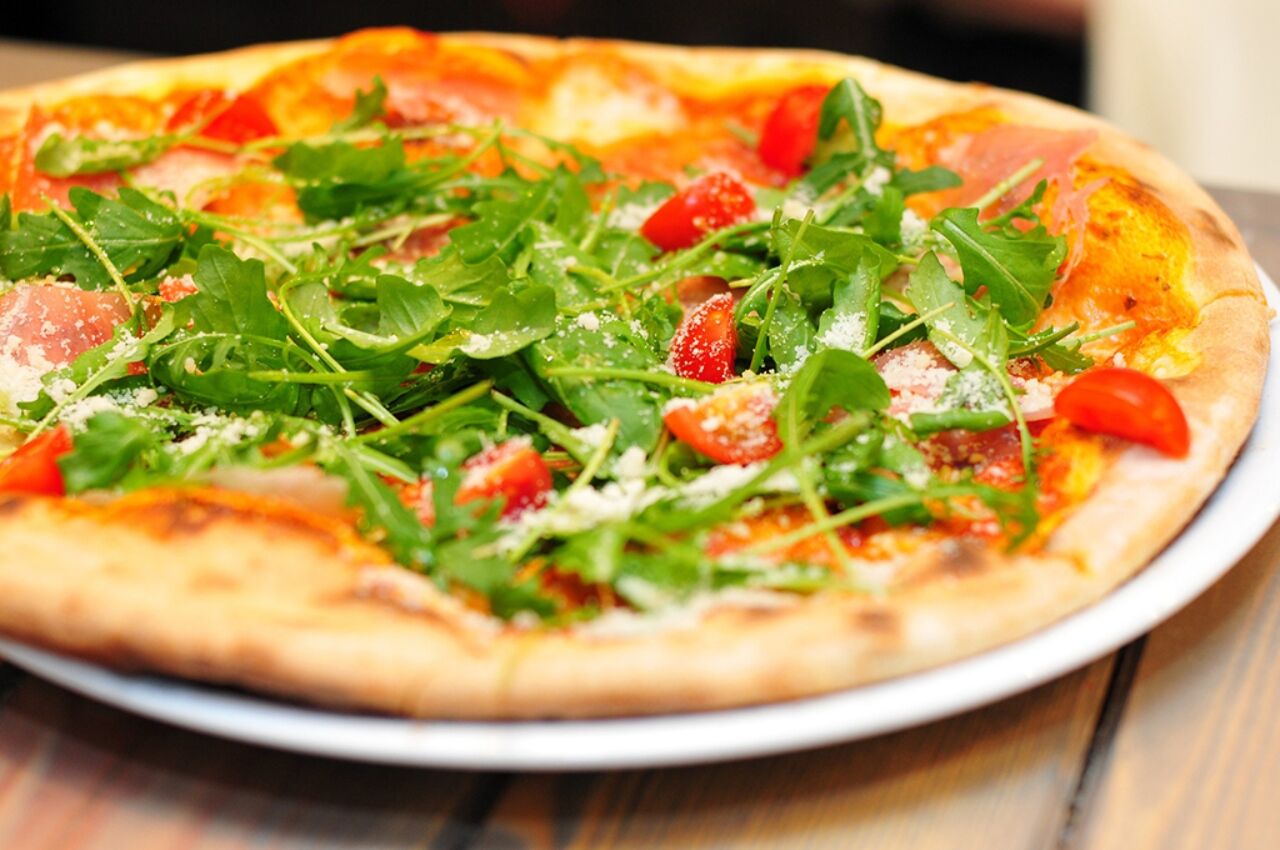
Photo: Chez Sauveur
Pizza is found all over France, but Marseille does it best. It’s a dish rooted in local history: in the 1900s, residents of Naples fled the poverty of their city, with many emigrating here with their recipes. True to Marseille’s multicultural spirit, you’ll find French and North African takes on the traditional Italian version. Look out for local cheeses and merguez sausage — a cumin and chili-spiced dish from Algeria.
If you’re short of time it’ll take a leap of faith to serve Bouillabaisse — a dish for which the city is known — but trust me. The latter is considered tourist food; it’ll set you back about 50 euros per person minimum, and mediocrity reigns.
Pizza is truly the food of the locals, served hot and fresh, with crisp dough topped with tomato sauce and real Italian cheese. And in a country where dining errs towards the formal, the convivial aspect of grabbing a slice and eating it off a paper plate adds to the fun.
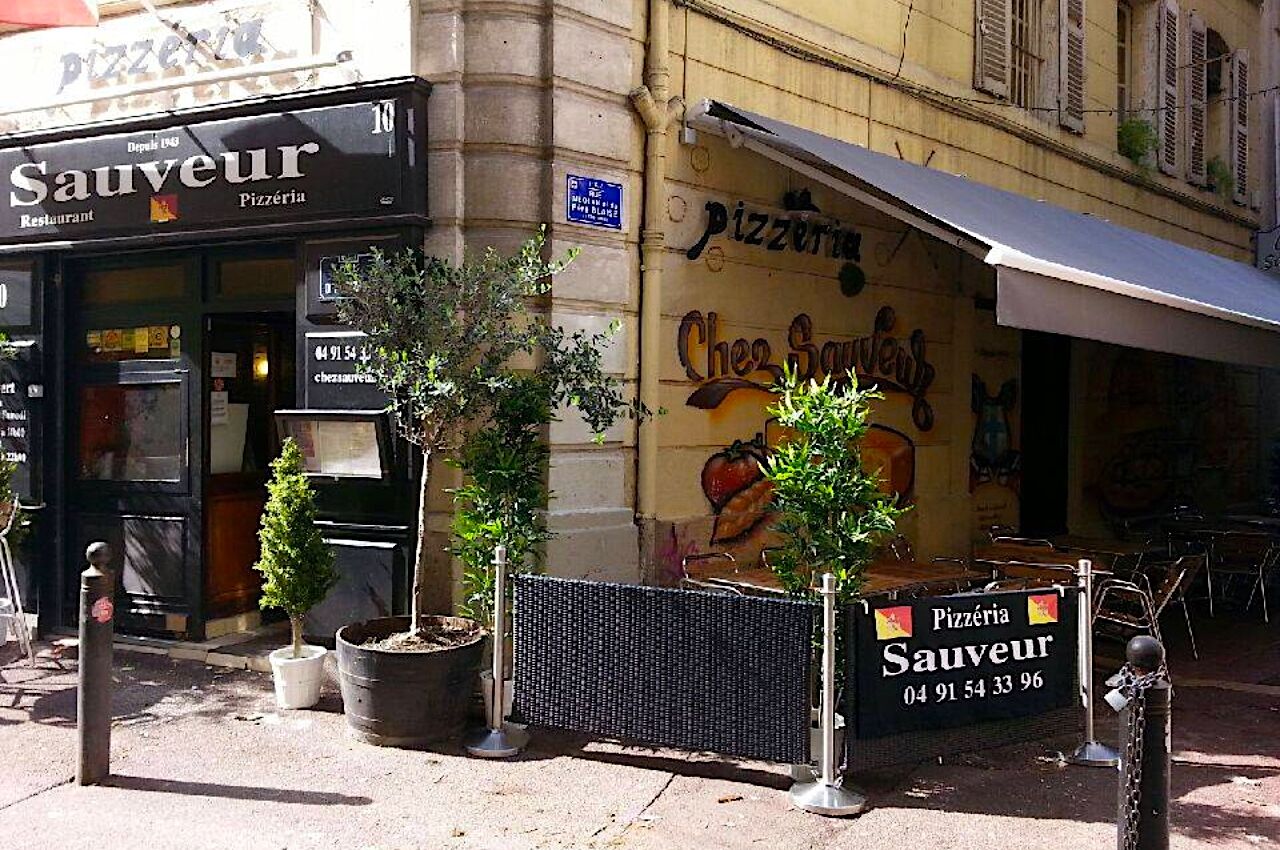
Photo: Chez Sauveur
Check out Chez Pizzas Charly (not to be confused with Charly Pizza – more on this one later) for a slice-to-go, or book a table at Chez Sauveur for views over the Vallon des Auffes harbour.
It’s home to some of the best beaches in France
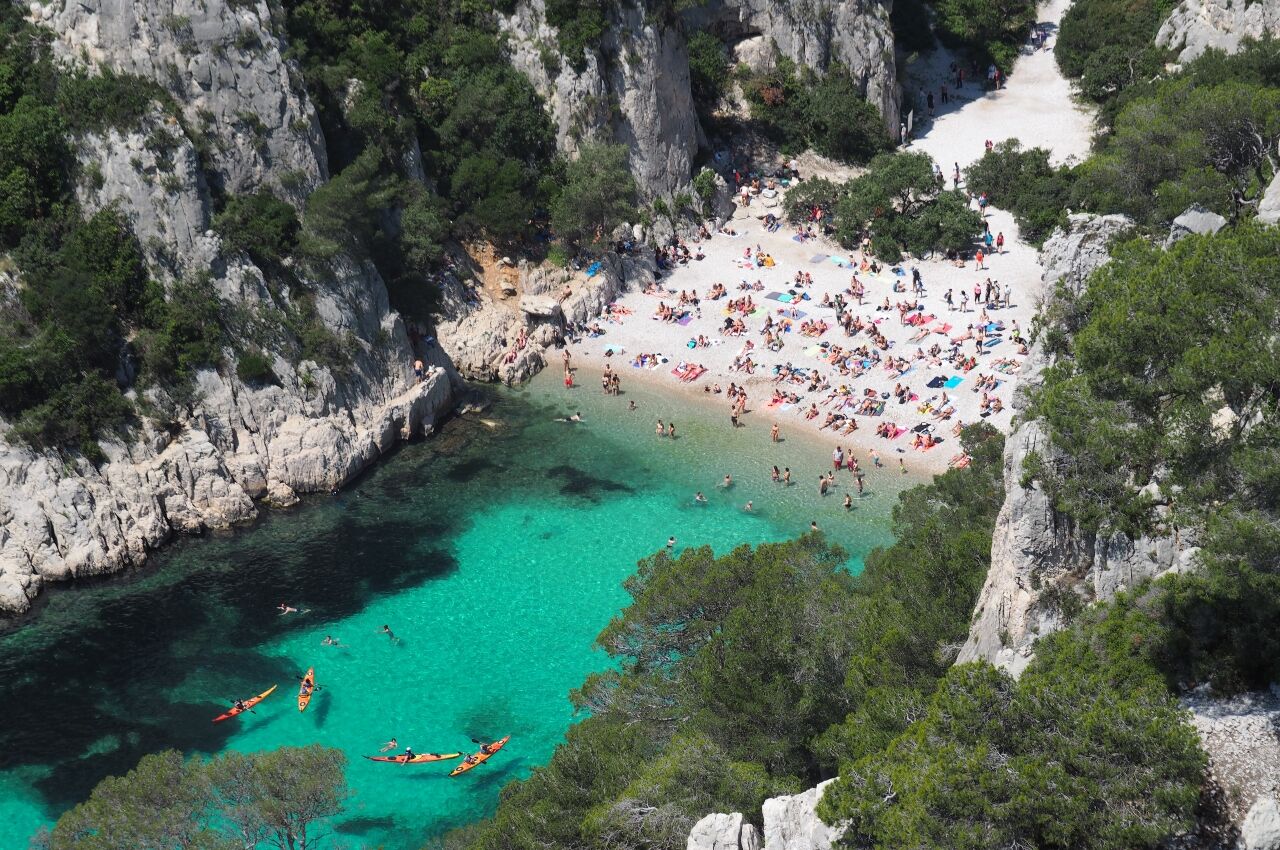
Photo: Patchanokk/Shutterstock
Marseille has city beaches that can easily compete with the white sandy beauties at Cannes and Nice — but what you’re really here for are the Calanques (a word that means ‘cove’ in French). The rocky inlets and cliffs south of Marseille offer picture-perfect views: jagged limestone cliffs meet crystal clear waters and not a high-rise in sight.
En Vau is the most dramatic of the coves. To get there, park in Cassis (a short drive from Marseille), then follow the marked footpath down to the shingle beach. The climb is steep both up and down, so wear good shoes, be prepared to slip, and bring water. The little cove also gets crowded in the afternoon when it’s flooded with sun (the high cliffs mean it’s blanketed in shade come late afternoon — good news for those with a tendency to burn) — so come early if you want a sunny spot.
For a dip in the med with less effort, Somiou is both easily accessible (including for people with mobility needs) and stunning. Park on one of the residential roads near the park entrance and walk down — or book a spot at the beachside restaurant to use the car park right next to the beach. Alternatively, boat trips leave Vieux-Port, and Cassis, every day. Check before visiting to make sure the park is open — summer wildfires happen on occasion, and when risk is high, the park shuts (though you can still visit beaches by boat).
The Arabic, French, and Brutalist architecture

Photo: Vincent Ducheman/Shutterstock
When people think of France, it’s usually Paris’ leafy boulevards and grand 19th Century terraces that spring to mind — or else Provence’s stone farmhouses with shuttered windows. Marseille offers something a little different. A crossroads of immigration since its founding by the Greeks circa 600 B.C., you’ll find Greek and Roman ruins here, Arabic architecture, 19th Century boulevards and buildings — The Cathedral of Sainte-Marie-Majeure is a must-visit — plus Brutalist creations thrown into the mix.
In fact, Brutalism (an architectural style characterized by a blocky look and constructed by poured concrete) was pioneered by the French architect Le Corbusier, and you’ll find the best example of his work — The Cité Radieuse — right here in Marseille. An answer to the social housing problems of the time, it proved such a success that it was replicated around the world. The building runs tours every day in French and English (although you can visit the roof at any time) — check out the website for up-to-date listings.
Its street art
Marseille is the unofficial capital of lots of things: pizza, bouillabaisse, pastis, and pétanque — but it’s also home to some of France’s best street art.
Despite a glitzy facelift along the waterfront, the city remains stubbornly bohemian, with gritter neighborhoods a stone’s throw from more modern developments. Two of these are known for their art: the Panier district, which is the little network of narrow streets behind the cathedral; and Cours Julien (or “Cours Ju” as it’s known to the locals), a trendy neighborhood where residents sip organic lemonade with their sourdough toasties at outdoor cafes. Here, walls, steps, doorways, and windows are splashed in color. Look out for France’s iconic Monsieur Chat, plus little mosaic creations created by Invader — one of France’s most famed street artists — and the bulging-eyed creations of Brazilian artist Nhobi.
MauMA, the Museum of Urban Arts in Marseille currently has an open call for street artists to come and set something down in the city’s harbor area between 2022-2026 — meaning Marseille’s street art credentials will only continue to grow over the next few years.
Its forts and islands

Photo: S-F/Shutterstock
The entrance to Vieux Port comes with not one, but two historic forts. Built in the 17th century and restored in the 19th, Fort Saint-Nicholas offers scenic views over the port and the dramatic Mediterranean coastline beyond the harbor. Directly across from it, you’ll find Fort St-Jean, which is now part of the MuCEM complex, which opened in 2013 as part of Marseille’s year as European Captial of Culture. Offering similarly stunning views over the port and Med, this spot comes with pretty landscaped gardens — perfect for taking a breather from the sultry midday sun.
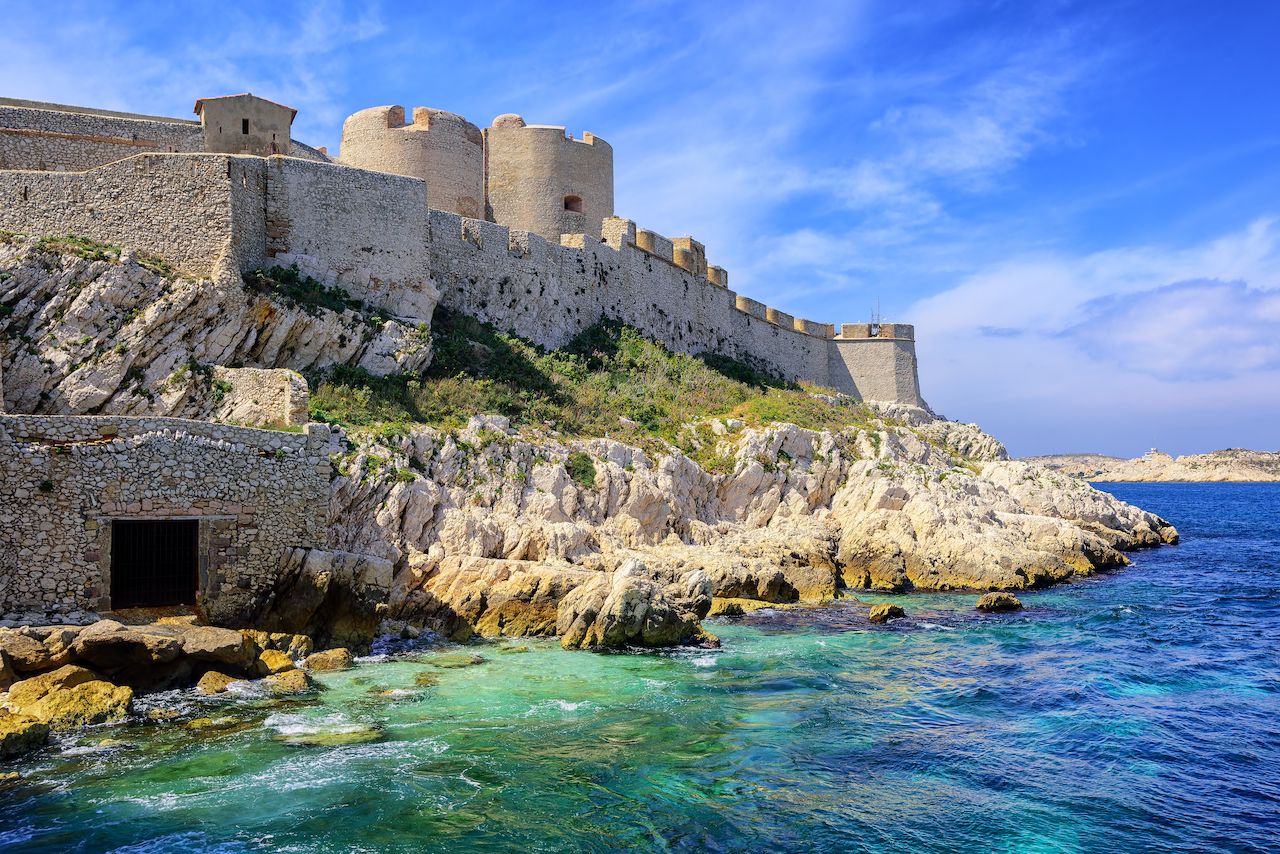
Photo: Boris Stroujko/Shutterstock
Delving deeper into Marseille’s military history, The castle of d’If — the first royal fortress of Marseille — is visitable by boat and offers incredible panoramas, while Ratonneau island and Pomègues offer beaches and historic sights.
Exhibitions at Friche la Belle de Mai
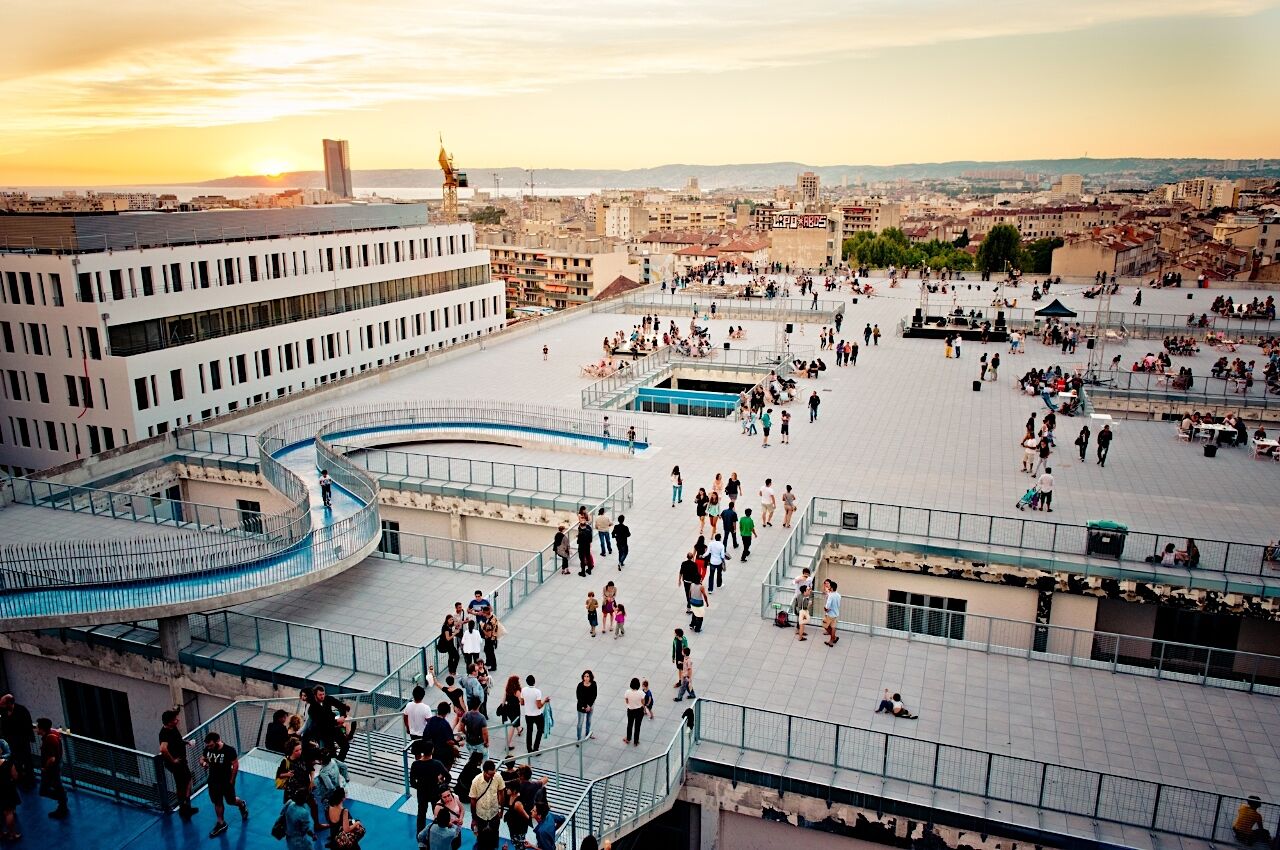
Photo: Friche la Belle de Mai/Caroline Dutrey
Marseille’s cultural game is strong, with a bevy of museums, concerts, and exhibitions to choose from. Friche la Belle de Mai leads the way in the alternative arts scene. This former tobacco factory — which became part of an urban regeneration project — sits in one of the city’s poorest neighborhoods, right behind the Saint Charles train station.
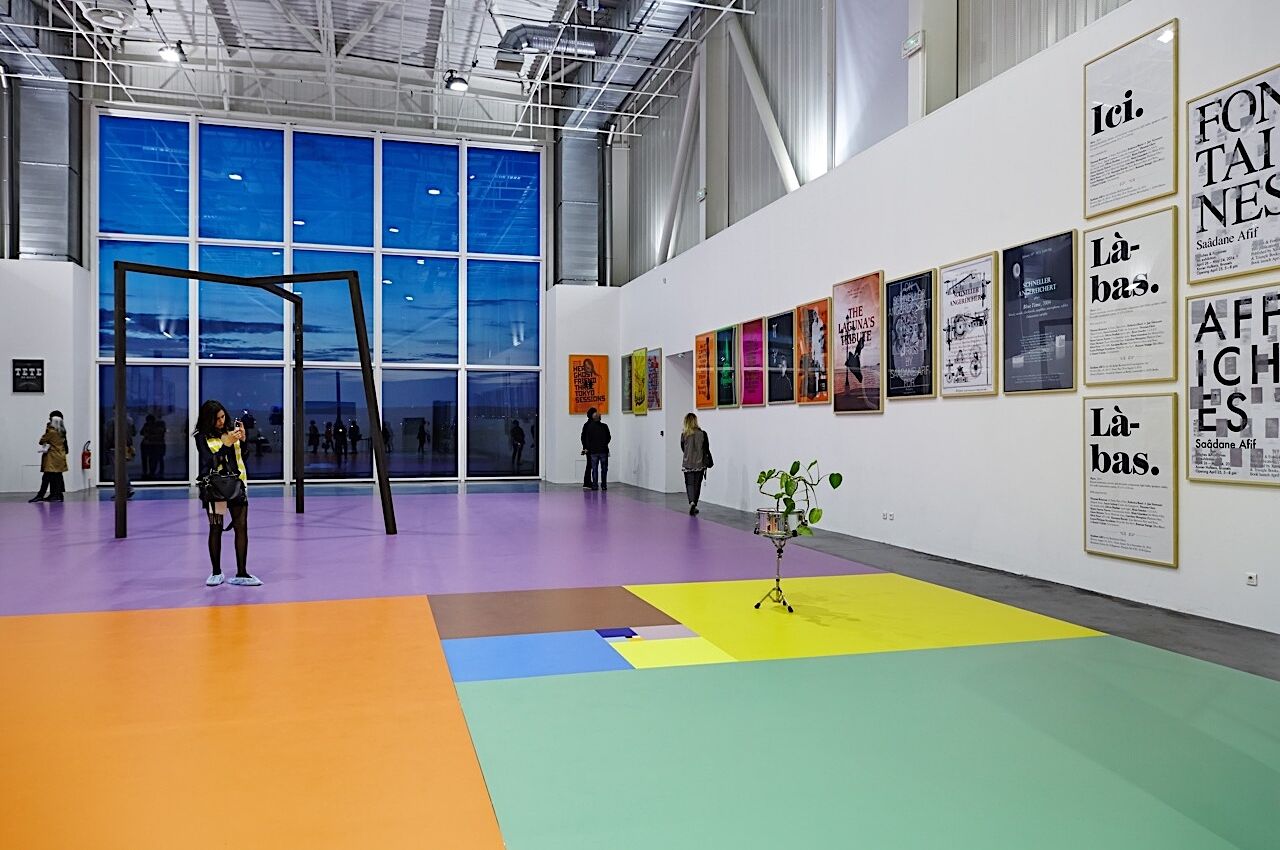
Photo: Friche la Belle de Mai/JC Lett
Here, you’ll find free outdoor cinema screenings, farmers markets, art exhibitions, a skate park, and an array of music concerts putting on everything from dance to jazz. In the summer, visitors head up to the rooftop for live performances and well-priced dishes made with fresh local ingredients.
Cocktails and music in France’s largest port
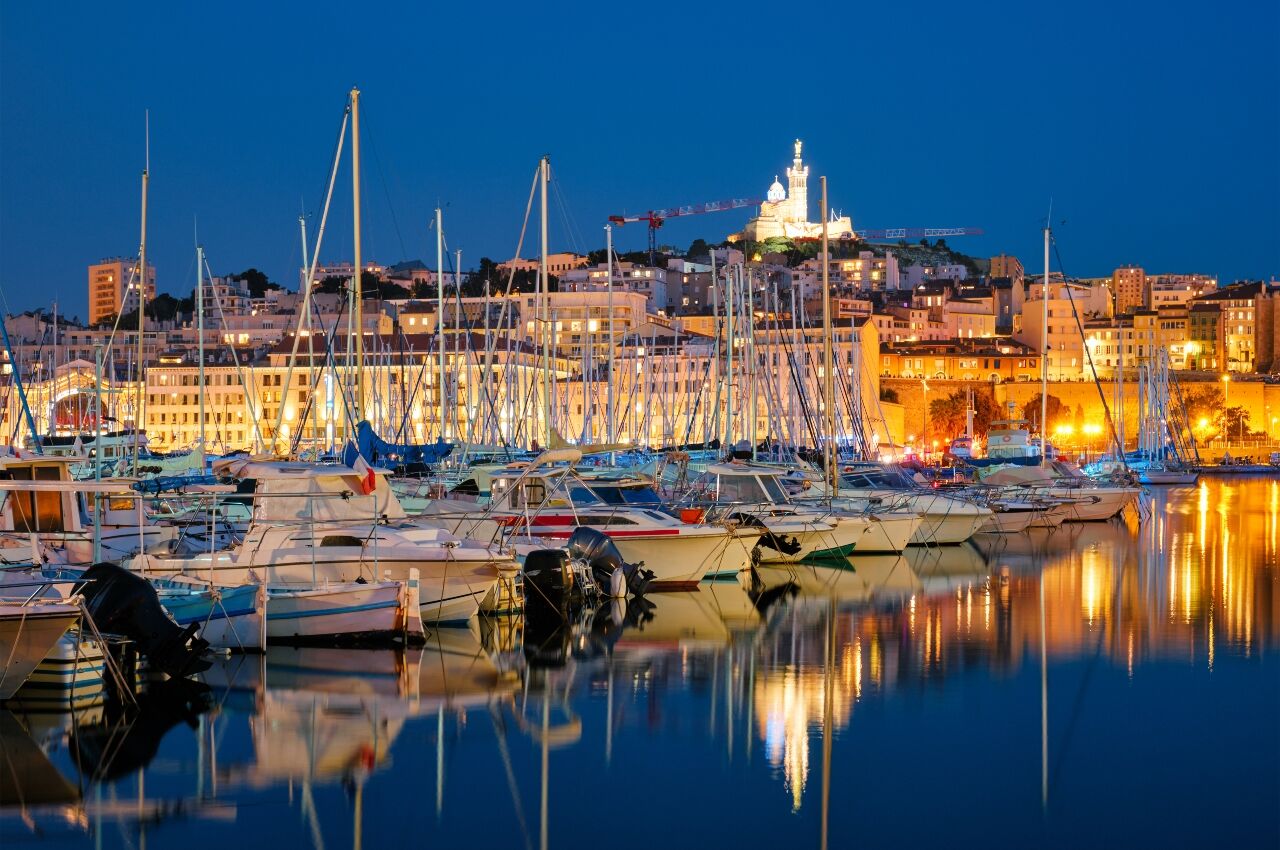
Photo: Dmitry Rukhlenko/Shutterstock
I’d say ‘don’t miss the port’ but it’s impossible: Marseille’s historic Vieux Port is the biggest in France, and sits right in the heart of the city. It has its fair share of yachts, but overall feels far more lived in than the glossy harbors in Nice and Cannes — expect to see fishing boats come and go and smell petrol in the air. The pavements around the port are stained with years of boat oil and the boot scuffs, and on summer evenings, you’ll find street musicians, children kicking footballs around, and couples sitting on the dock tucking into — you guessed it — pizza. While the touristy restaurants around don’t offer much for the discerning diner, they’re good for a sunset aperitif before dinner elsewhere.
Marseille’s food markets

Photo: Artens/Shutterstock
Make your way over to the Port Vieux Pavilion (designed by Norman Foster for the architect buffs out there) for 8:30 AM to catch the fishing boats rolling in and fishermen unload their flip-flopping cargo onto iced stands. Giant swordfish, glistening octopus, and red crabs make an enticing sight whether you intend to buy or not — just don’t get in the way of the locals choosing their pick of the catch.

Photo: Francesco Bonino/Shutterstock
After you’ve taken in the aquatic offerings, head to Noailles, one of the city’s oldest immigrant quarters. Here, Moroccan spice marts sit alongside fragrant Lebanese bakeries and bric-a-brac shops selling loofahs. For a lunchtime snack, join the queue at the Marché des Capucins for cheap slices of fresh anchovy pizza at Charly, or head across the square to Poissonnerie du Lamparo for a paper cone filled with fried sardines.
It has the best city views
Nestled slap bang between the glittering Med and rocky mountains, Marseille really has it all when it comes to views. Arriving by train gives you a real wow moment: step out of the station and onto the monumental Saint Charles station steps, which lead you down into a maze of streets and the city’s massive port. For sensational afternoon views with a cooling breeze, head up to the Saint-Jean Fort gardens and grab a deckchair in the shade.
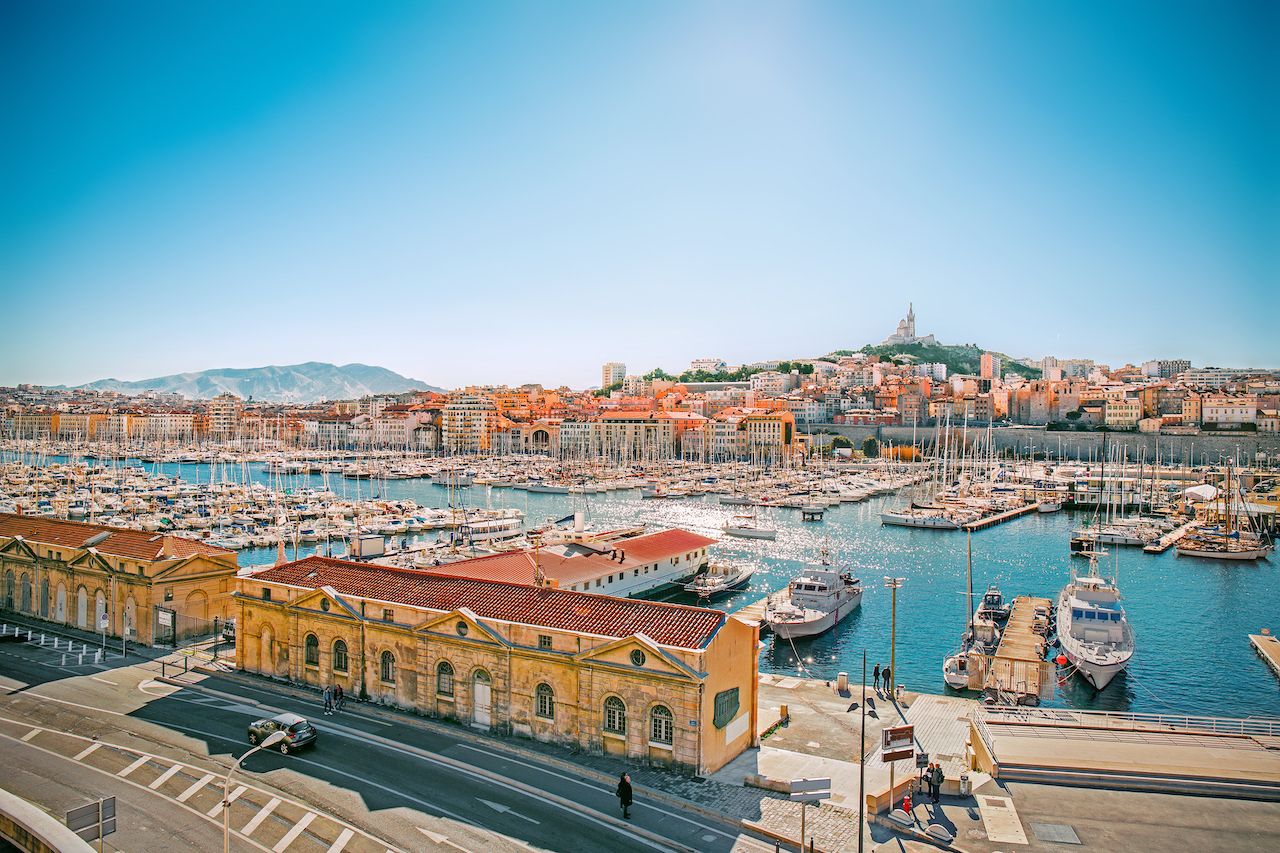
Photo: Mariya Golovianko/Shutterstock
For prime sunset seats, you’re spoiled for choice, with plenty of hotels and restaurants opening their terraces to those after a cool drink. Le Rooftop offers harbor views and heaps of space, while Rowing Club Marseille offers a more romantic option — a leafy terrace with boats bobbing below. For smaller crowds and cheaper tipples, head to the terraces of Place de Lenche in the Panier quarter. Le Barjac serves mojitos for five euros, while shots of Ricard are still only two euros.

